The Ship That Launched a Thousand Family Trees
Let’s set the scene. It’s November 1620, and a rickety little ship called the Mayflower drops anchor off the coast of what is now Massachusetts. On board? 102 passengers, half of them religious separatists hoping to start a new life. The other half? Crew, hired hands, or folks just along for the ride.
What they found when they landed was no promised land. It was winter, it was brutal, and it was deadly. By the end of that first winter, only 51 of them remained alive. That’s right. Half of them didn’t make it past the first few months.
Here’s a list of some of the surviving Mayflower passengers who made it through that first brutal winter of 1620–1621:
- John Alden
- Isaac Allerton and children Bartholomew, Remember, and Mary
- Mary Allerton (later Mary Cushman)
- John Billington, wife Elinor, and sons John and Francis
- William Bradford
- Love Brewster
- Mary Brewster
- William Brewster
- Peter Browne
- Francis Cooke and son John
- Edward Doty
- Francis Eaton and son Samuel
- Samuel Fuller
- Richard Gardiner
- John Goodman
- Stephen Hopkins, wife Elizabeth, children Constance, Giles, Damaris, and Oceanus
- John Howland
- Richard More
- William Mullins’ daughter Priscilla Mullins
- Degory Priest’s family (he died, but his descendants lived on through his daughters)
- Thomas Rogers’ son Joseph
- Henry Samson
- George Soule
- Myles Standish
- Edward Winslow, wife Susanna, and their descendants from her later marriage to William Bradford
These are just some of the names etched into the early chapters of American colonial history. If any of them appear in your family tree, you might be part of the baby boom yourself.
So how, exactly, did this unlucky band of settlers end up with over 30 million descendants today? Did they secretly invent cloning? Did they have supernatural fertility? Not quite. But what happened next is one of the most fascinating stories in genealogy.
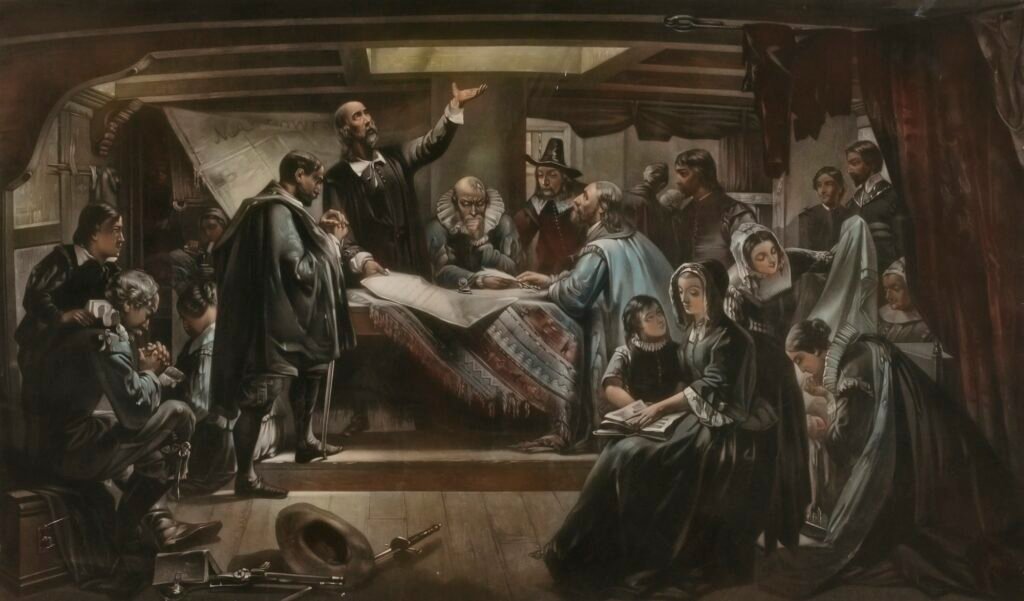
Who Were the Mayflower Passengers?
These weren’t kings or nobles. They were tailors, weavers, farmers, carpenters. A few families had young children. Some were single men sent to help build the colony. Among them were names like Bradford, Alden, Standish, and Winslow. Ordinary people, with no idea they’d become legends.
And though tragedy struck early, the survivors settled in. They built homes, planted crops, and yes – had babies. Lots and lots of babies.
Survival and the Start of a Boom
Here’s the thing about early colonial families: they didn’t mess around. Marry young, have ten or twelve kids, and hope most of them survive. Repeat for ten or twelve generations.
Families like the Aldens and the Bradfords weren’t just surviving, they were thriving. In an age before birth control and Netflix, large families were normal, even necessary. Children helped run farms, care for younger siblings, and carry on family names. If a couple had eight kids, and each of them had eight kids, you’re already looking at 64 grandchildren. And that’s just one generation down.
This is how the Mayflower baby boom started. Generation after generation, the number of descendants multiplied like rabbits with a mission.
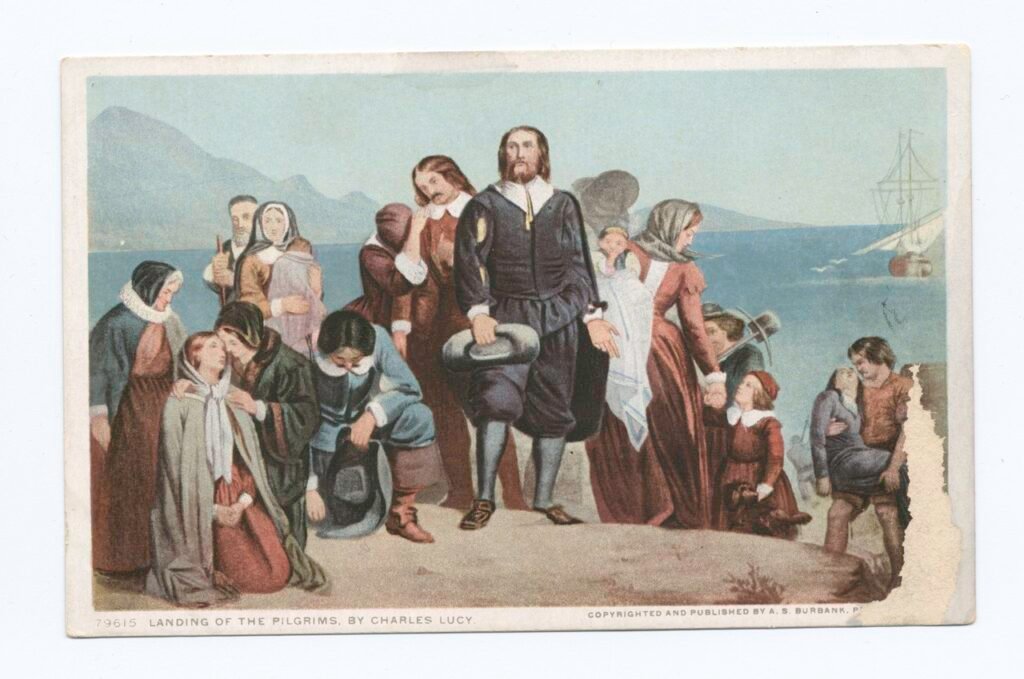
The Math of Exponential Ancestry
Let’s say you had two Mayflower ancestors. Now imagine they each had five children who survived to adulthood – that’s ten children in the next generation. If each of those ten had five more children, you’re already at 50 great-grandchildren. Keep going at that rate, and by the sixth generation, those two ancestors could theoretically have over 15,000 descendants. By the tenth generation? You’re easily into the hundreds of thousands.
Now zoom out. Multiply that across dozens of families on the Mayflower. Even accounting for early deaths, infertility, and smaller families, the sheer scale of exponential growth adds up fast. Especially in communities where families stayed put and intermarried.
This is where pedigree collapse kicks in – when cousins marry cousins (which happened often in early colonial towns), family trees start folding in on themselves. So one person might descend from the same Mayflower couple through multiple lines. Instead of a tidy, ever-branching tree, it’s more like tangled roots wrapping around each other.
That’s why millions of Americans have Mayflower ancestry, even if they’ve never heard of it. It doesn’t mean your family was elite. It means your ancestors did what most humans did before the internet: farm, survive, and make babies.
Famous Faces in the Family Tree
Think you’re not connected to anyone important? Think again. Here are just a few famous folks who share Mayflower DNA:
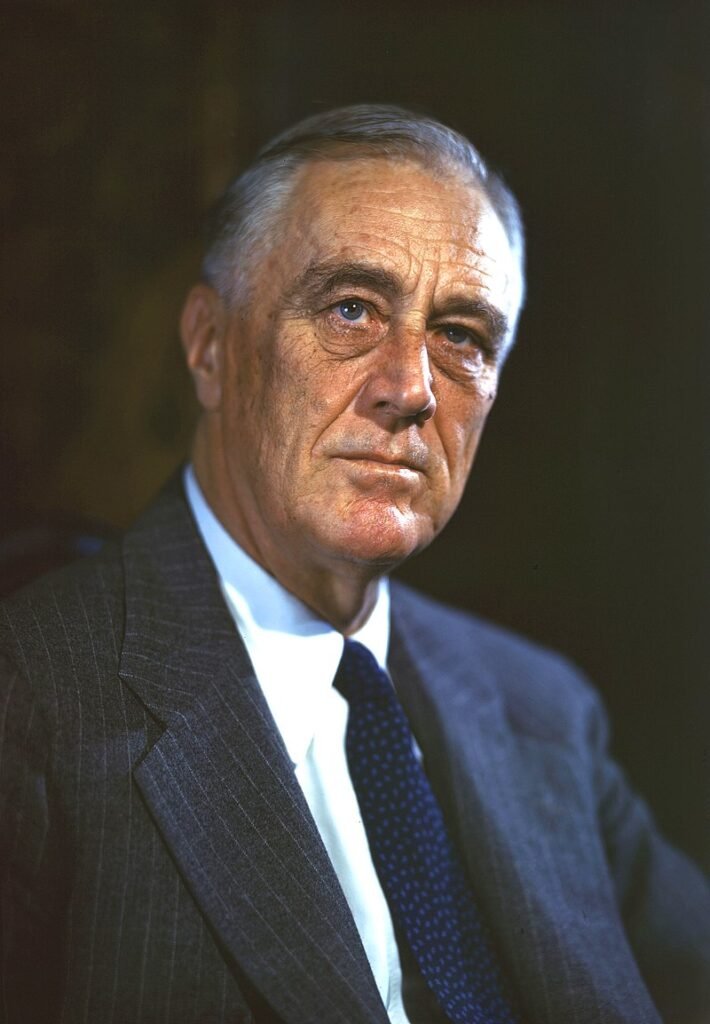
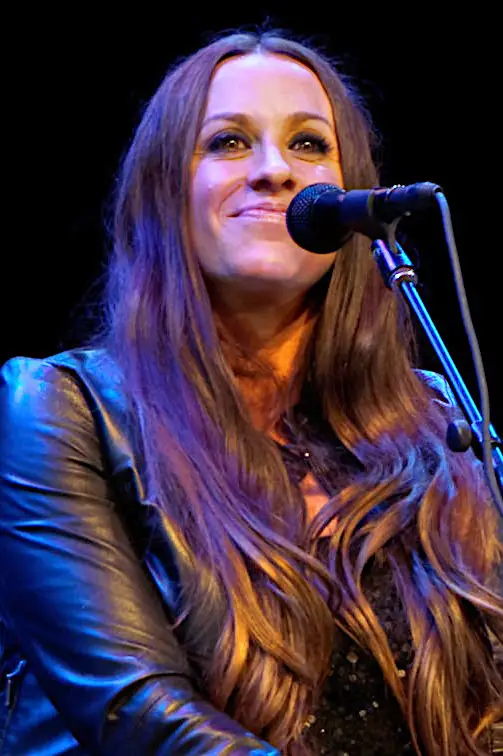

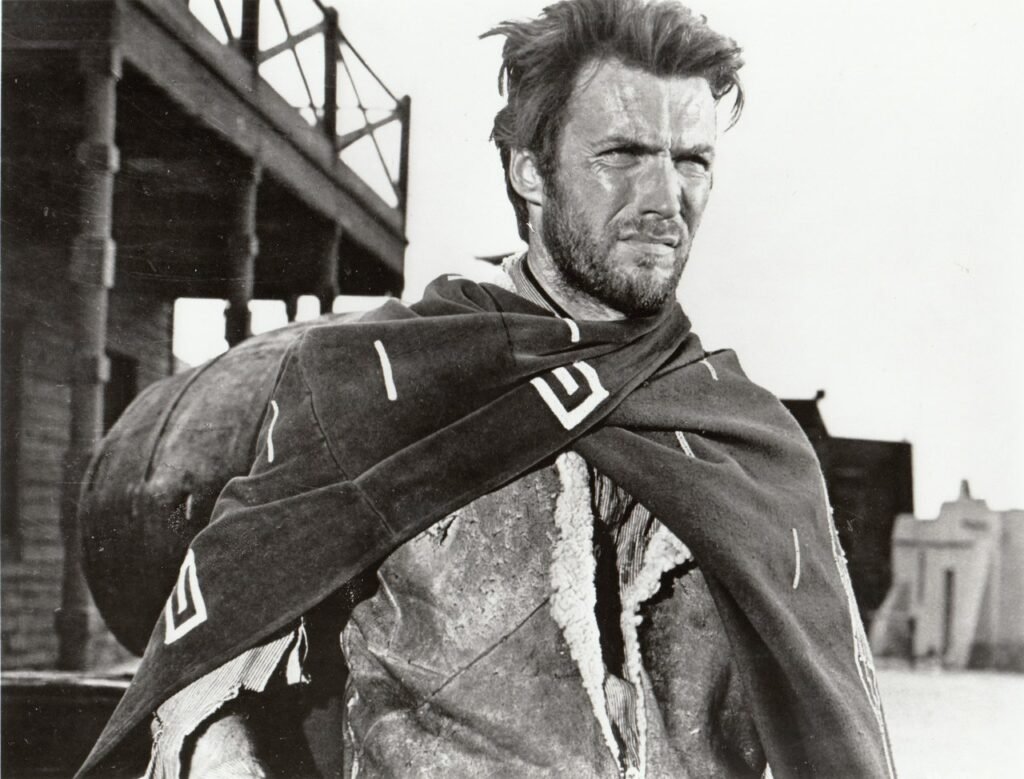


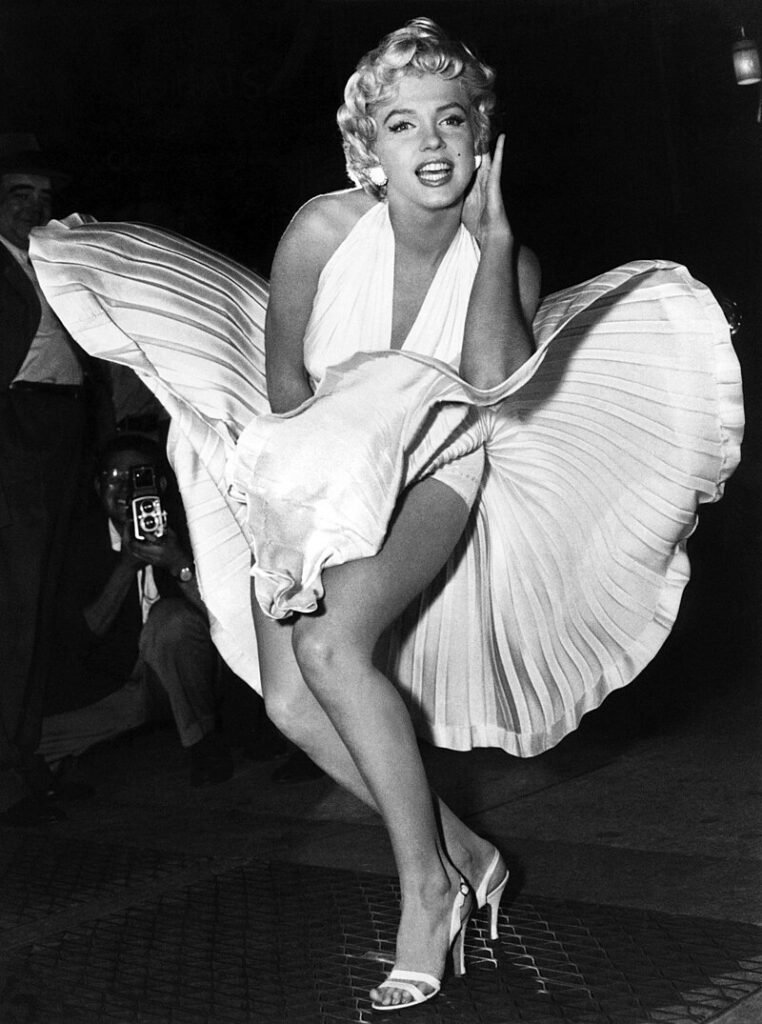
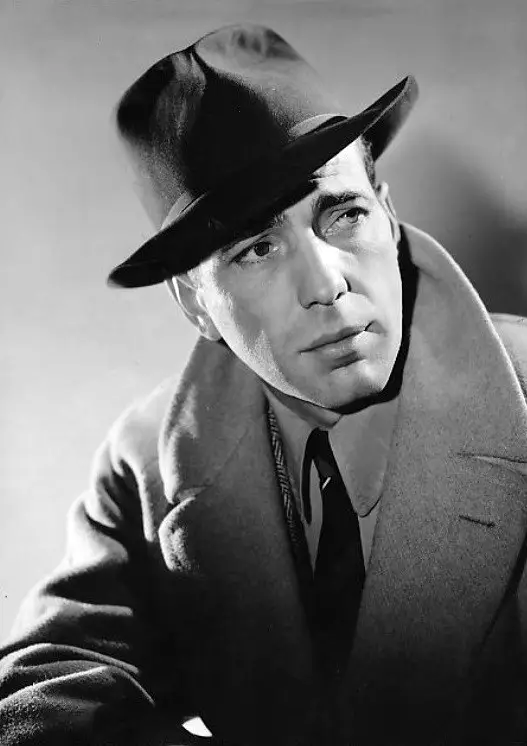




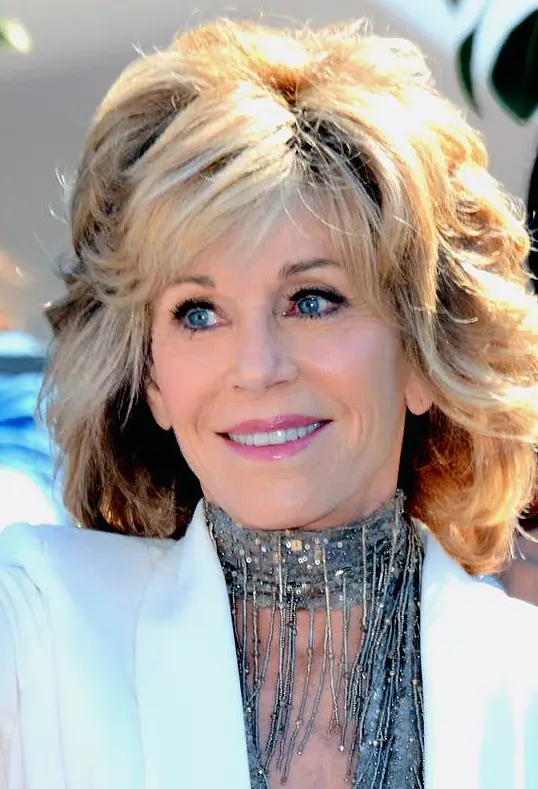
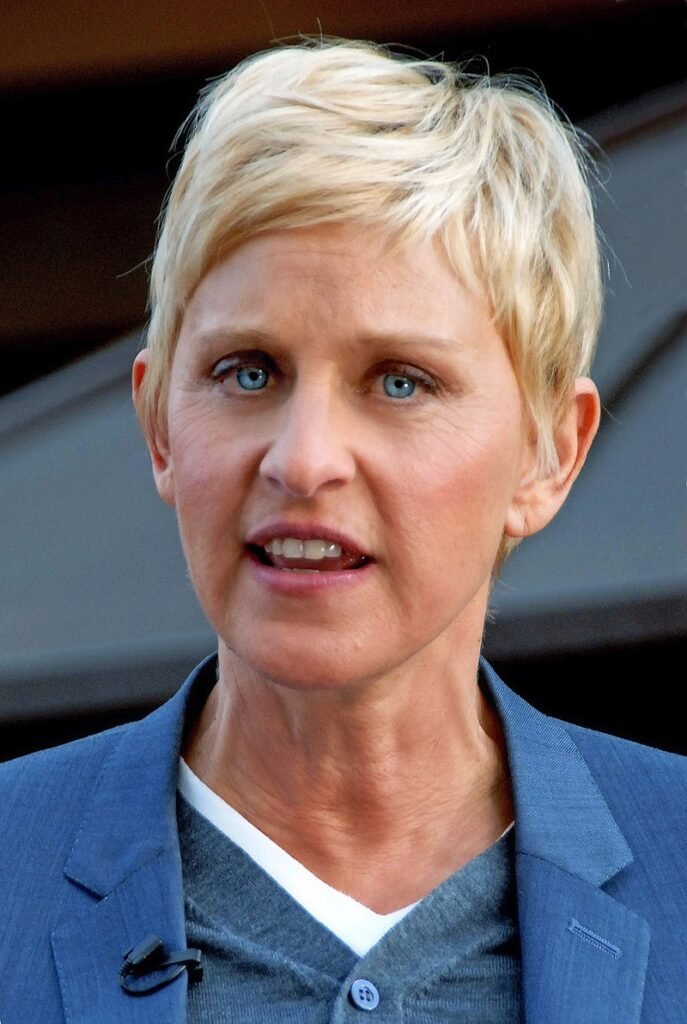

The thing is, none of them are more “Mayflower” than you might be. You might share those same ancestors. You just need to do the digging.
Could You Be a Mayflower Descendant?
If you have colonial New England ancestry, especially from Massachusetts, there’s a decent chance you’re part of this baby boom. Even if the Mayflower isn’t in your known tree, many other early ships came soon after. Still, it’s worth checking.
Start with:
- Family surnames from the 1600s
- New England ancestors in the 17th or 18th centuries
- DNA cousin matches with Mayflower-linked surnames
The General Society of Mayflower Descendants keeps detailed records and welcomes applications from verified descendants. It takes some paperwork, but it’s doable. And honestly, it makes for a great party story.
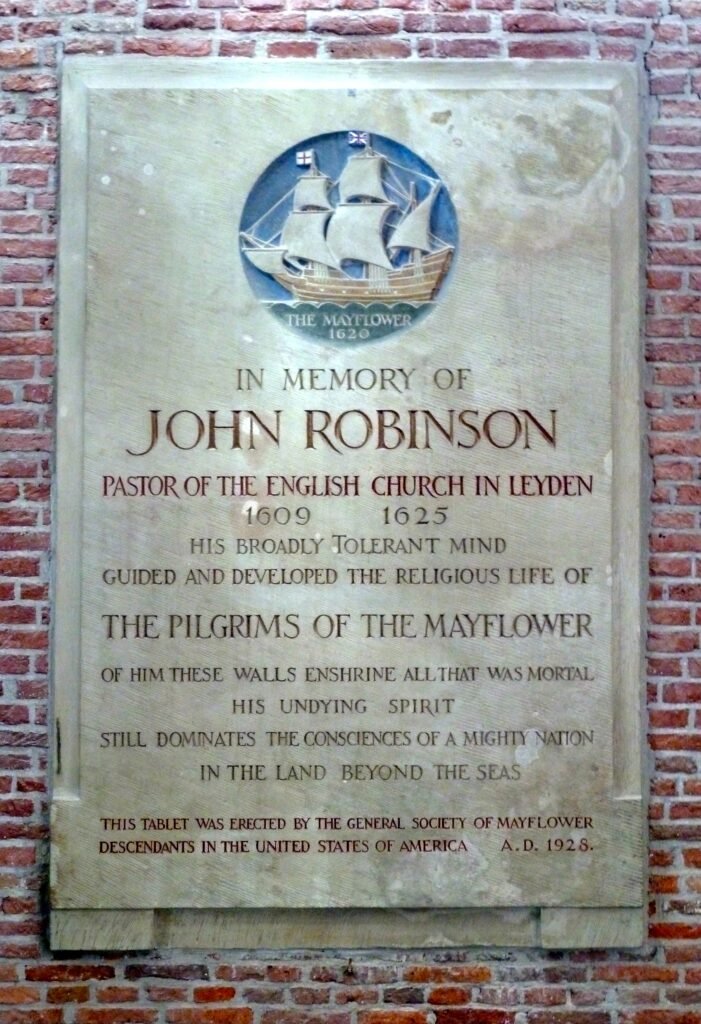
Why It Matters
Sure, being descended from the Mayflower doesn’t make you royalty. But it does mean you’re part of an incredible human story. These weren’t perfect people – far from it – but they endured, and their children endured, and their children’s children kept going.
To think that you might be here because a 17th-century teenager survived scurvy, frostbite, and two dozen near-death childbirths? That’s humbling. And strangely beautiful.
We often think history is about kings and revolutions, but really, it’s about people who survived long enough to make more people. And if you’re reading this, you’re part of that chain.
Ready to Explore Your Roots?
Curious if you’re connected to the Mayflower baby boom? Your family story might be more connected to history than you ever imagined. Start tracing your lineage and see where the trail leads.
Here are a few great places to begin your search:
- General Society of Mayflower Descendants: includes an application process, membership info, and verified lineages.
- MayflowerHistory.com: offers detailed passenger bios, family lines, and historical context.
- American Ancestors by NEHGS: extensive databases, original documents, and tools for colonial New England research.
- FamilySearch.org: free to use, with searchable colonial records and family trees.
- Ancestry.com: subscription-based but loaded with colonial records and DNA tools that may help you link to Mayflower descendants.
Let’s make those ancestors proud.

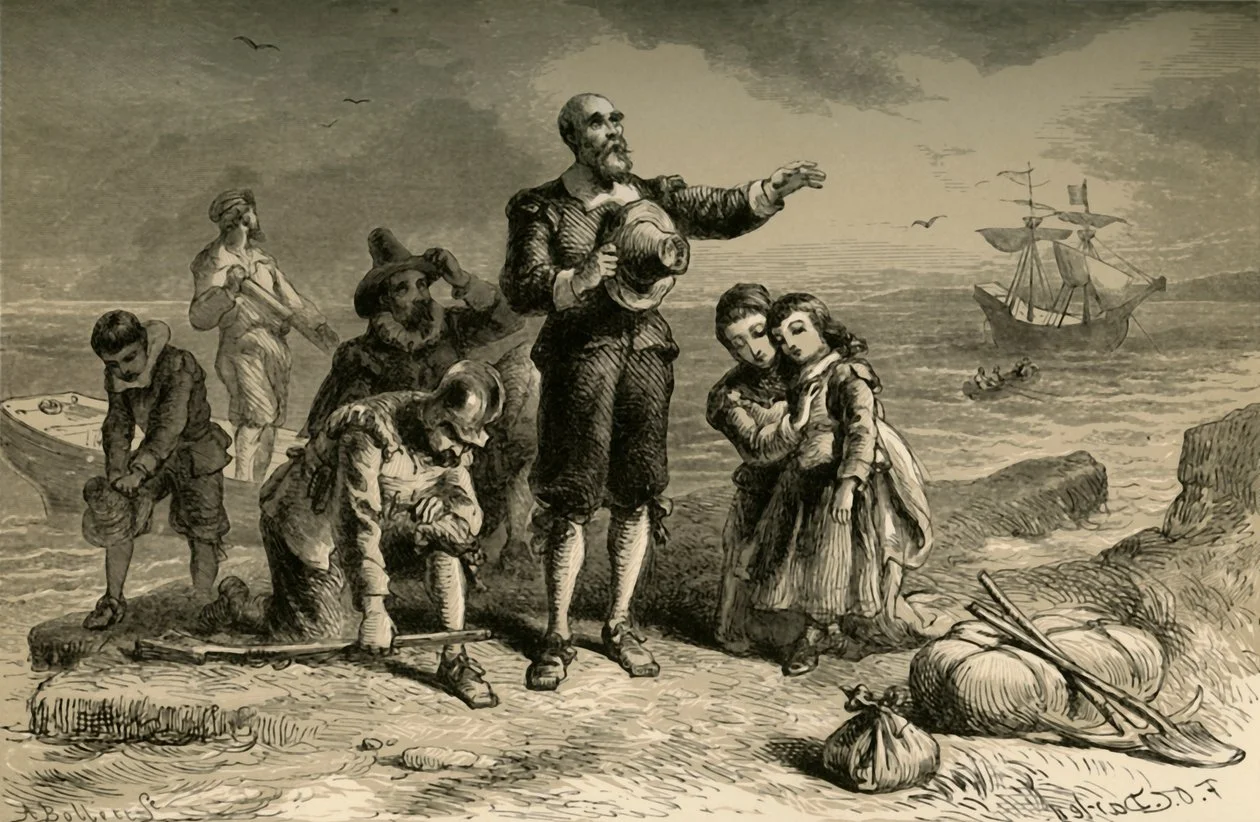
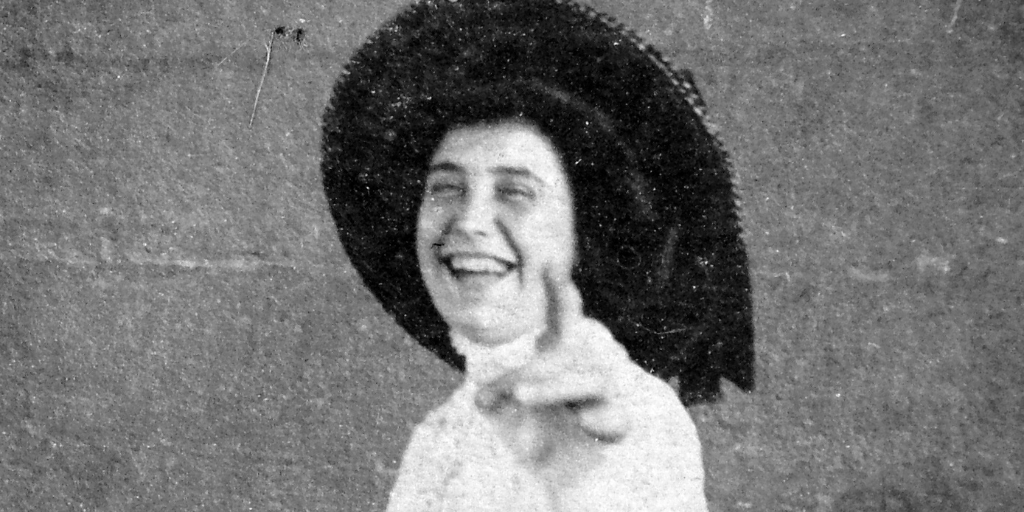
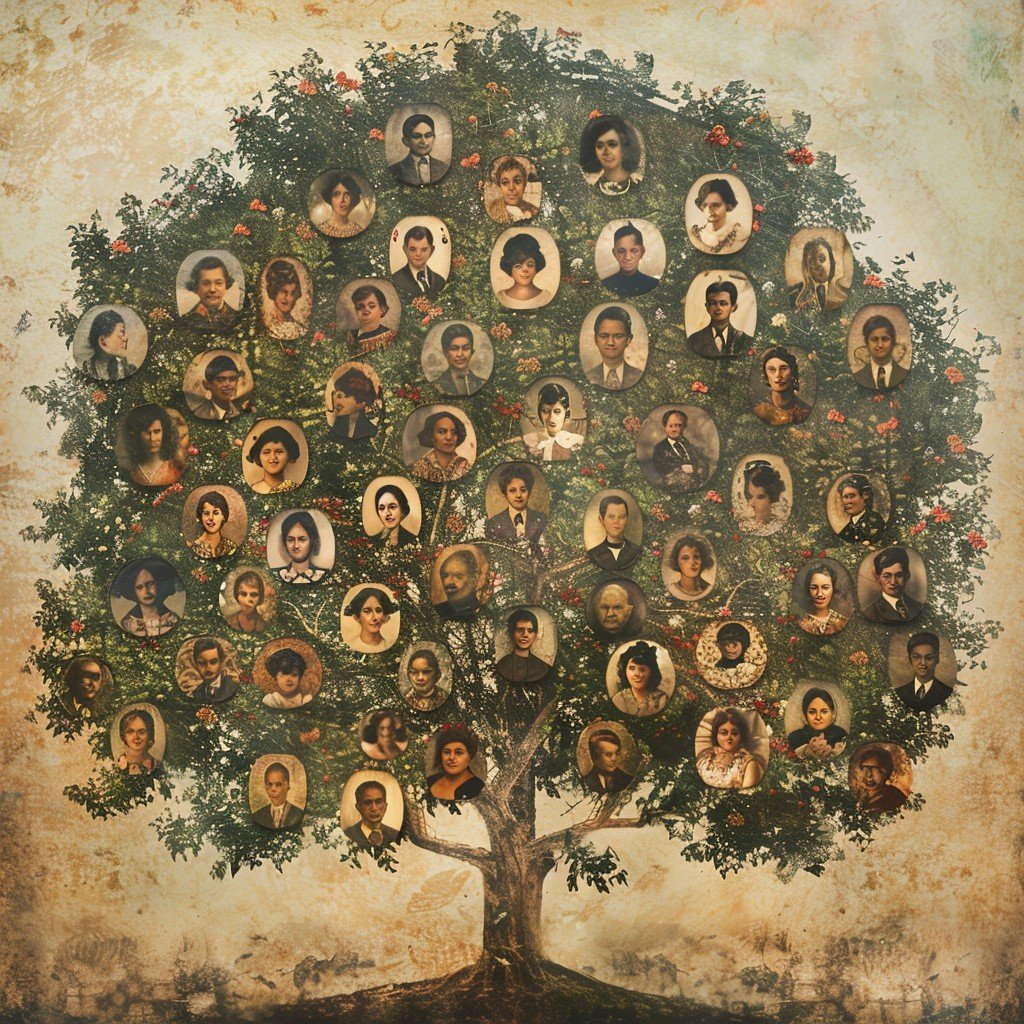
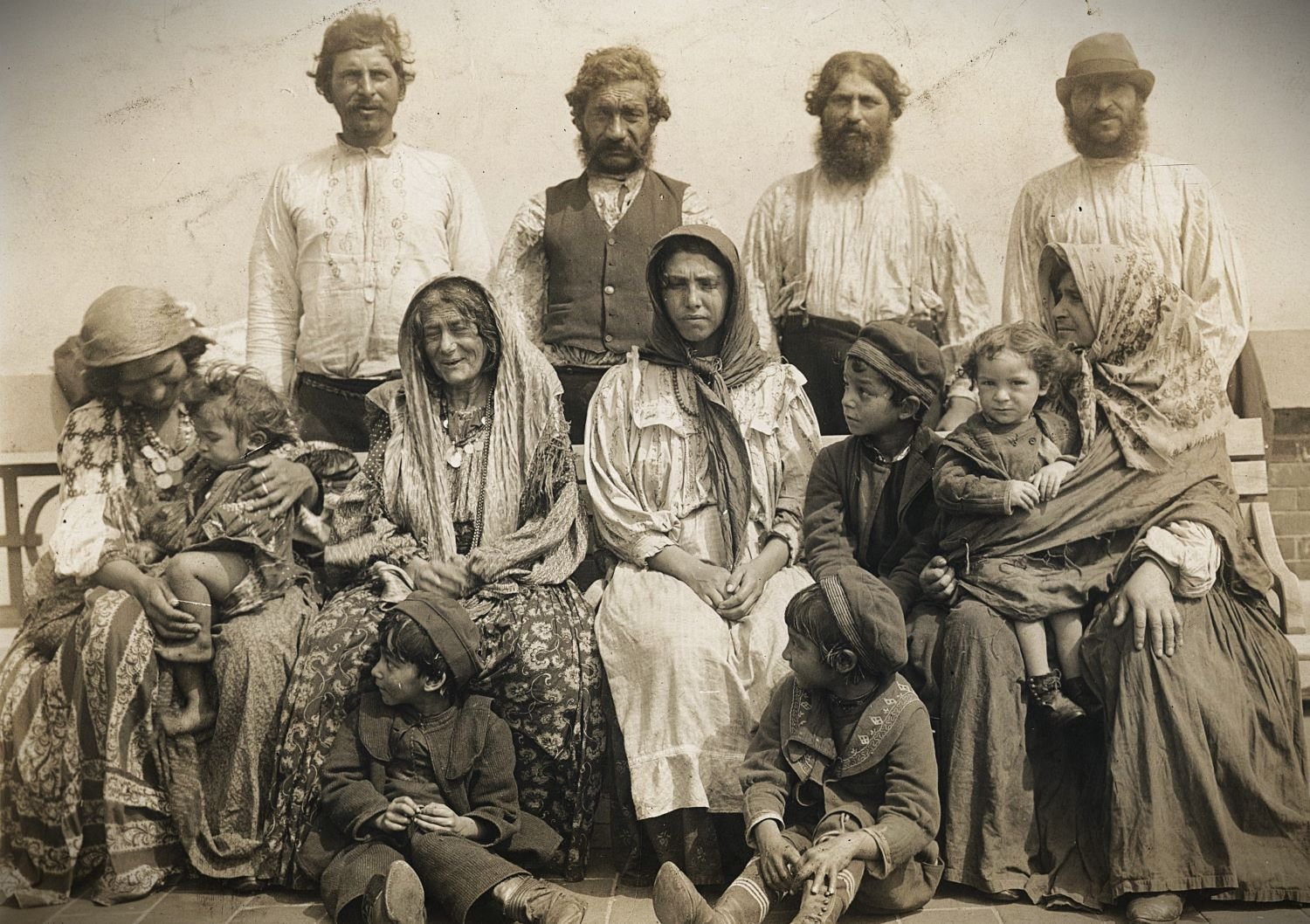
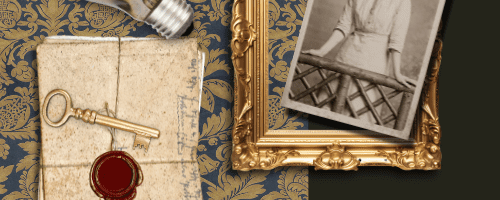
2 thoughts on “The Mayflower Baby Boom: How One Ship Spawned Millions of Descendants”
I could be related to the Fullers that were on the Mayflower. Looking for info on Samuel Fuller. Where can I find info on about him?
That’s amazing, you might be related to one of the Mayflower passengers! Samuel Fuller is actually a really interesting figure – there were two of them on the ship, who survived the first winter – a doctor (the elder) and his nephew (the younger). You can find reliable info about them through the General Society of Mayflower Descendants website, and databases like FamilySearch or AmericanAncestors.org (which has original Plymouth Colony records). If you’re tracing your line, start with what you know and work backward, then look for Fuller family connections in Massachusetts records from the 1600s.
Good luck with your research!
Diana From Ancestrium